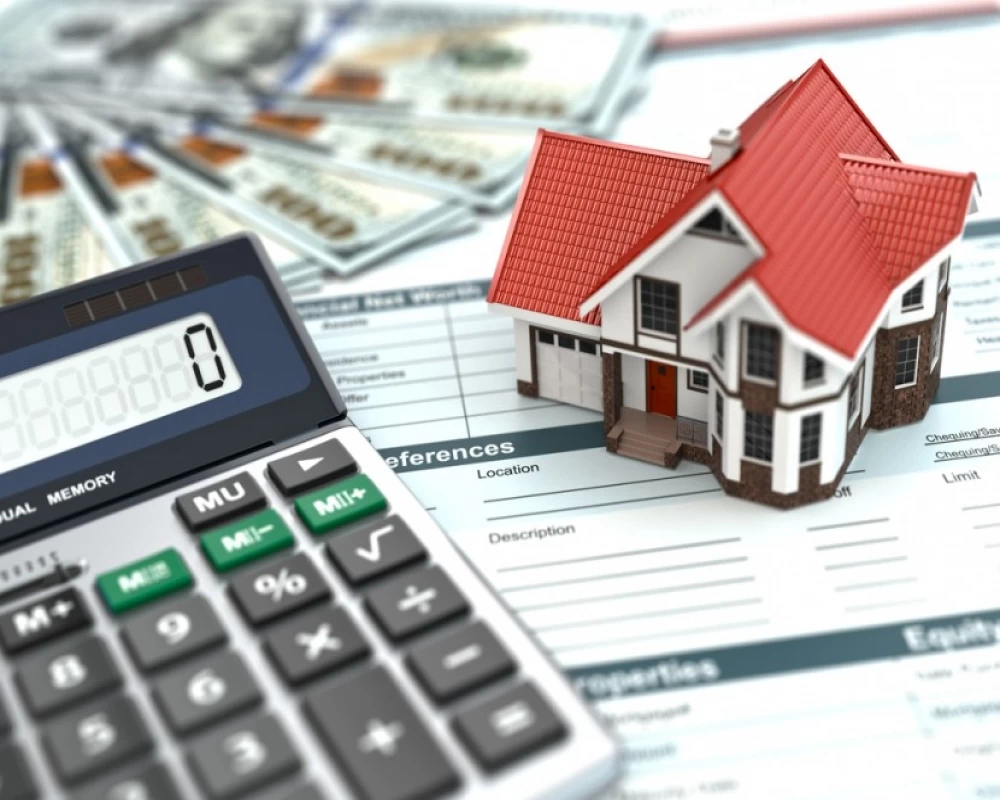5 Easy Home Design Ideas to Make Over a Room

What goes on in your head when moving into a new home? Foremost, how do I turn this empty shell of a house into an inviting home that reflects my own personal style? You don't want a bland and boring house. Your new house offers a new start. You can eliminate the junk and put in new digs; you can buy that bed you've always dreamed about; or beef up the kitchen and dining area for maximum comfort and entertainment. The great thing about home decoration is that you have the chance to improve your home's appearance without spending much money. Let's look at some home design ideas for giving each room in your house a makeover.
When giving a home a facelift, sometimes simple solutions can have a big impact. Here are some inexpensive home design ideas to give rooms a new lease of life.
1. Don't rush. You need to take a little time before starting major decor projects in your new home. Take some time to let in the feel and observe what the home needs before buying major stuff. HGTV recommends staying in the house for two months before making significant purchases. You might be spending money on the wrong areas. For example, instead of spending $5,000 on revamping and putting new features in your bathrooms, you might find out that you could spend half the price to get your bathroom in great shape.
2. Add color to walls. For people who get out early, a light shade will do while a deep tone will make the house more homely for those who spend more time indoors. You can also make a statement with a feature wall. Adding a lick of paint to your walls is an inexpensive way to give your room an instant lift. Whether you decorate your entire room in an intense shade or opt for a stylish two-toned plan, fresh color on your walls guarantee oodles of glamor.
3. Pare down. Now it's time to reassess and evaluate what works and what doesn't. Don't pack everything from your old home over. You don't really need everything you've accumulated. They will only make rooms stuffy. Having a new house gives you chance to try out a fresh approach. This means you can pare down on tired pieces that will only clutter up your space. You can sell these items off on eBay or drop them off at a charity shop.
4. Use right lighting. Transform the mood of rooms at a cheap price with the right lighting. You can also invest in dimmers to switch from bright to low lighting. When decorating bathrooms, try out stylish lights. For bedrooms, buy a fresh shade for lamps. You can give your room a cohesive style with stylish lighting.
5. Update roller blinds. Whether you go for a subtle floral pattern or statement stripes, roller blinds for your windows are great low-cost, high impact options for designing rooms. They can transform your dull windows and complement other designs in your room.
Less is often more when decorating and less is also eco-friendly. No matter how small your space, you can always let your creativity shine through.




